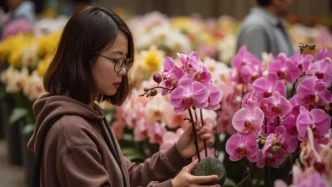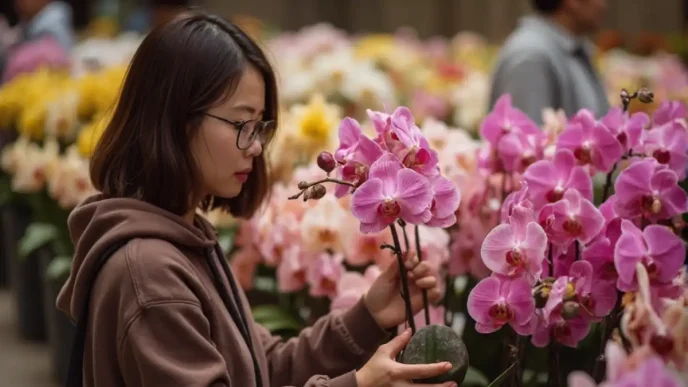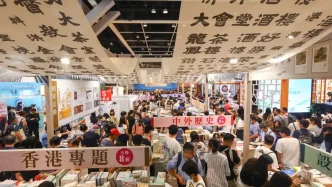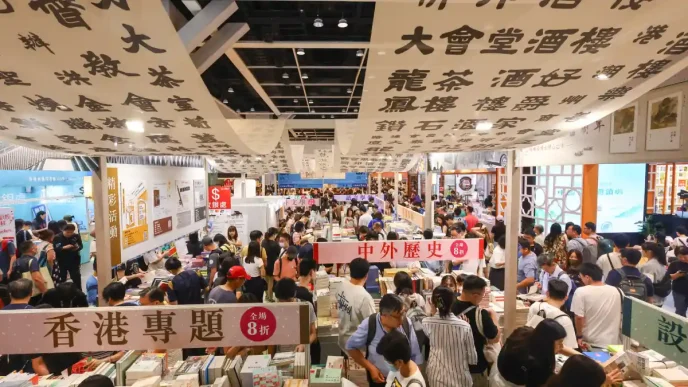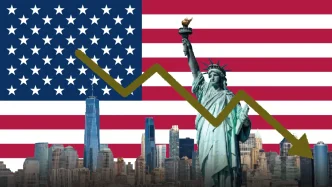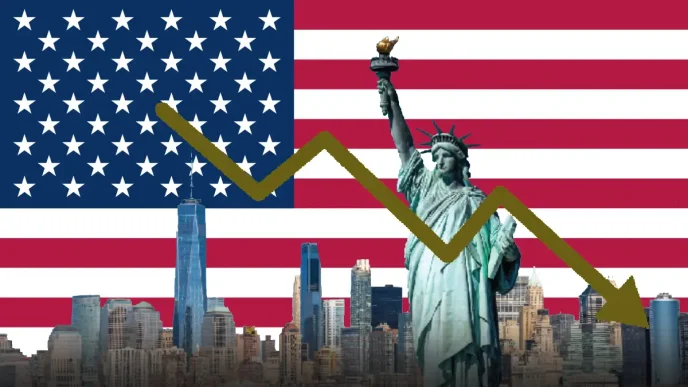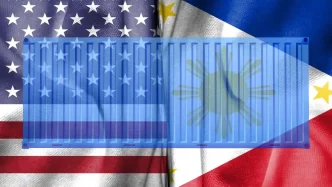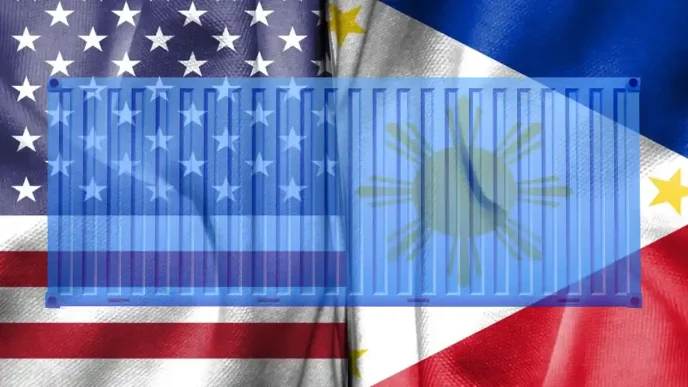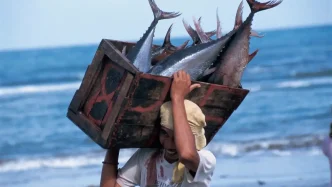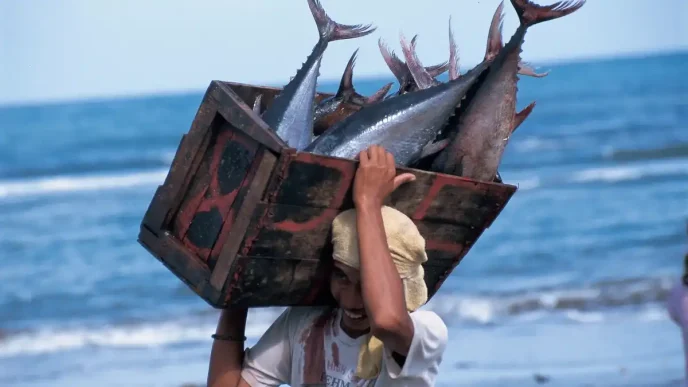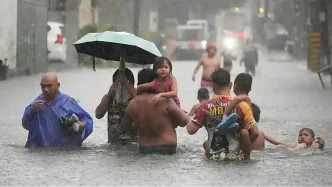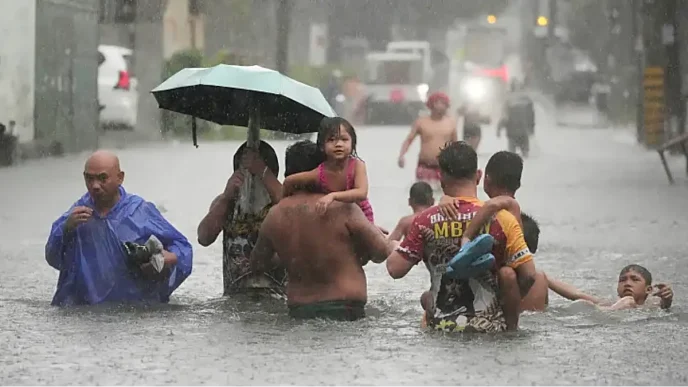In the serene hills of Cuenca, Batangas, a few hours’ drive from the bustling streets of Manila, Filipina artist Geraldine Javier has carved out a sanctuary. Her home and studio, surrounded by lush tropical mountains, are more than just a workspace; they are a testament to her deep-rooted connection with nature and her unwavering commitment to environmental activism. Javier, one of the Philippines’ most prominent visual artists, uses her craft to explore humanity’s fragile relationship with the natural world, creating works that resonate with ecological, cultural, and political themes.
At a time when the global environmental crisis looms large, Javier’s art serves as both a reflection and a call to action. Her intricate fiber artworks, often made with natural dyes and materials sourced through collaborations with local artisans, embody a profound respect for the environment. With over 30 solo exhibitions across Asia and Europe, her journey from a reluctant nursing student to a celebrated artist is as unconventional as it is inspiring. Here, in the quiet of Batangas, she has built not only a thriving artistic practice but also a community nurtured by shared values and sustainable creativity.
A Journey Rooted in Nature
Born in 1970 in Candelaria, Quezon, Javier’s connection to the natural world has always been visceral. As a child, she was captivated by the preserved crocodile kept by neighbors, an oddity that sparked her fascination with the strange beauty of nature. This early influence is evident in her work, where elements like leaves, fibers, and found objects often play starring roles, acting as “characters” in her texturally rich creations. “We were taught that everything is interconnected,” Javier recalls, a principle that guides her art and activism.
Her path to becoming an artist was far from straightforward. Pressured by her family to pursue a stable career in nursing, she enrolled at the University of the Philippines, even completing her degree. Yet, her passion for art burned brighter. In a bold act of defiance, she deliberately failed the international licensure exam to avoid a future abroad as a nurse, choosing instead to remain in the Philippines and chase her true calling. After transitioning to the UP College of Fine Arts, she began to weave together her urban experiences in Manila with her rural roots, crafting a visual language that bridges both worlds.
Art as Activism
Javier’s work is deeply imbued with environmental consciousness. Her studio practice in Batangas revolves around sustainable processes, from eco-printing with plant-based dyes to meticulous fiber art that respects the life cycles of the materials she uses. “You have to respect each season,” she explains, highlighting her mindful approach to harvesting and creating. For her, intervening in the life of a plant or tree is a deliberate act, one that requires awareness of natural rhythms and limitations.
Her recent installation, The Story of Plants Without Us, showcased at Art Basel Miami Beach in December 2024 by Silverlens Gallery, exemplifies this ethos. The five-panel fiber art piece, layered with eco-printed tapestries and intricate embroidery, poignantly illustrates the interconnectedness of humanity and nature. Each stitch and skeletonized leaf tells a story of environmental fragility, urging viewers to confront the “clear and present danger” of the global crisis, as Javier puts it.
Her approach to art-making mirrors the holistic perspective she gained during her nursing studies. Just as she was taught to see illness as a web of social, emotional, and political factors, she layers her artworks to reveal hidden complexities. “The act of erasing, editing, and concealing creates something unexpected,” she says. Her pieces, rich with visible and invisible layers, reflect both beauty and imperfection, embodying her fearlessness in tackling difficult truths.
Building Community Through Craft
Beyond her individual practice, Javier’s impact extends to the tight-knit community of artisans she works with in Batangas. Collaborating with local mothers and craftspeople, she has fostered a space where creativity and livelihood intertwine. Many of these women, initially unfamiliar with embroidery, have honed their skills under her guidance, producing intricate works that contribute to her installations. For Javier, ensuring fair compensation for their efforts is paramount. “Seeing the mothers take pride in their work means so much to me,” she shares.
This commitment to community empowerment sets her apart. Installation projects, which often involve collective effort, allow her to transform lives beyond the canvas. Her studio is not just a place of personal creation but a hub of shared growth, where art becomes a vehicle for economic and social upliftment. It’s a responsibility she carries with purpose, driven by the tangible effects her work has on those around her.
Navigating Gender and Recognition
While Javier identifies primarily as an individual artist rather than through the lens of gender, she acknowledges the disparities faced by women in the global art world. Citing the Guerrilla Girls’ activism, she points to the stark underrepresentation of women in institutional exhibitions and museum collections. Yet, in the Philippines, she sees a different landscape. “Here, galleries don’t prioritize male artists over female ones; what matters is the quality of one’s practice,” she observes. With limited institutional support for artists overall—mostly from the private sector rather than the government—gender bias seems less pronounced compared to countries with more established art ecosystems.
Still, Javier’s success as a Filipina artist speaks volumes. Alongside other prominent women in the local scene, she has carved a space where talent and concept-driven work take precedence. Her mentorship under conceptual artist Sir Chabet reinforced this focus on meaning over aesthetics. “I need a stronger motivation than just making beautiful works that sell,” she insists. Her art must resonate with purpose, whether addressing environmental crises or the dynamics of human connection.
A Legacy of Connection
Javier’s early struggles as a young artist were eased by her involvement in alternative art spaces like SBW in Angono, founded by peers Wire Tuazon and Keiye Miranda. These spaces, free from commercial pressures, allowed her to experiment without censorship, broadening her perspective on art’s possibilities. “It would have been difficult and lonely without friends to share misery with,” she admits. Those formative experiences shaped her resolve to remain engaged, never insular, and deeply tied to her environment and community.
Looking ahead, Javier hopes to be remembered not just for her art but for her impact. “I want to be seen as someone whose art empowered her community,” she says. Her legacy is one of exploration and resilience—an artist unafraid to make mistakes, revisit ideas, and confront the urgent issues of her time. Through her work, she transforms not only materials but also lives, weaving together nature, activism, and human connection into a tapestry of meaning.
In Cuenca, Batangas, under the watchful gaze of tropical mountains, Geraldine Javier continues to create, inspire, and build. Her studio stands as a beacon of what art can achieve when rooted in purpose and community—a reminder that even in the face of global crises, creativity can nurture hope and change.



